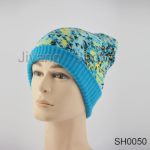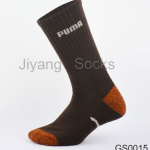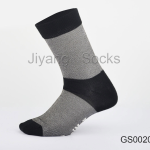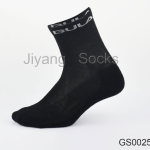Many people know compression socks as those thick white tubes patients must wear after surgery to prevent blood clots when they are stuck in bed.
But a different type of compression sock, called graduated compression hosiery, is geared toward everyday use outside a hospital setting to help with a number of leg ailments, from aching to swelling to varicose veins to more serious venous insufficiency and lymphedema. Lucky for users, these socks and stockings are available in fashionable designs that let people boost their leg health without compromising style.
The pressure of the garment, measured by millimeters of mercury, is greatest at the ankle and decreases as it goes up the leg to help blood fight gravity. Different pressure strengths serve different needs, People who experience mild leg swelling from prolonged sitting or standing, traveling, pregnancy or sports may find relief with over-the-counter compression stockings with mild 15-20 mmHg; people with moderate leg swelling, heavy legs or varicose veins might need compression of 20-30 mmHg; more severe vein ailments might require compression garments up to 60 mmHg.
Graduated compression socks and hosiery must be replaced two to four times a year as the elastic elements weaken.Though the socks are medical garments, costs are not covered by most insurance companies, though some may cover costs based on a medical diagnosis




